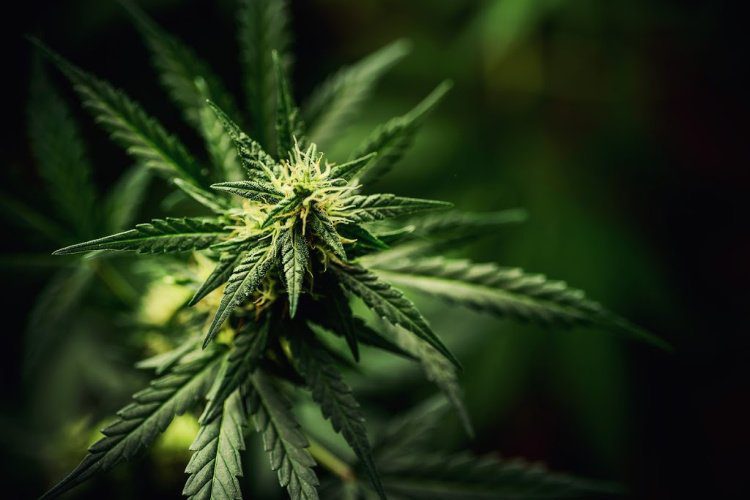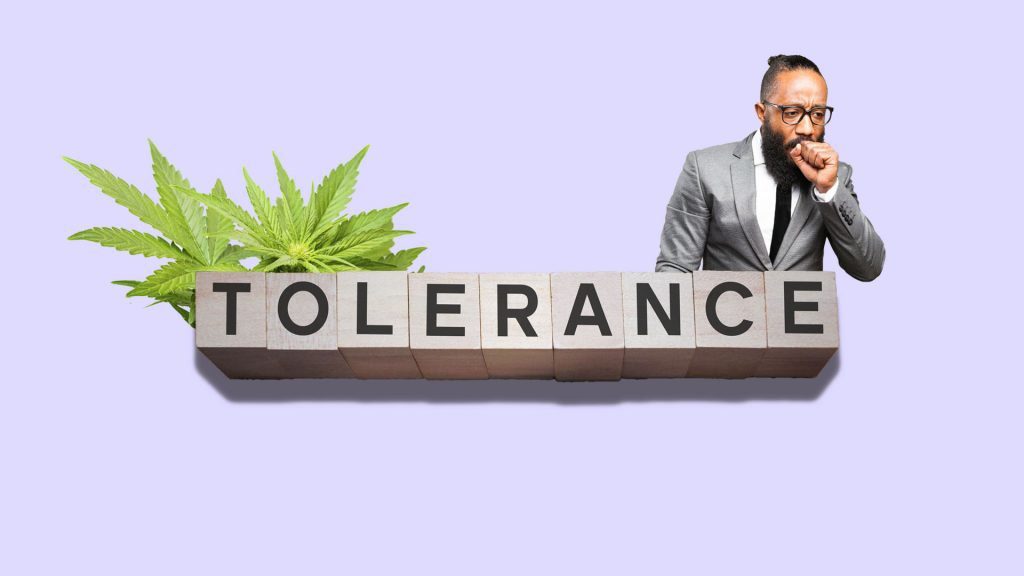What is Caryophyllene? Does it Actually Do Anything?
As a growing body of scientific and anecdotal evidence emphatically suggest, marijuana has amazing healing properties. In recent years, there has been a lot of talk about the therapeutic effects of cannabinoids like THC and CBD. Now new studies claim that there are also hundreds of natural terpenes like myrcene, limonene, pinene or caryophyllene and cannabis strains get their medicinal values from them as well. However, like all other medicines, people using medical marijuana for a long time usually tend to develop a weed tolerance.

It is very normal that after a few weeks of constant use, you start to feel that the same dose of a particular strain is becoming less effective and your body requires more to reproduce that first high. This means that your cannabis consumption is increased and you are spending more on your weed supply than previously. As cannabis tolerance leads to increased use, it can have negative impacts on your health as well. Therefore, being a regular medical marijuana user you need to have a crystal clear understanding of the issue. Keep reading this post to know more about weed tolerance and various effective ways to control it.
Cannabis strains and tolerance: What is cannabis tolerance?
Scientifically speaking, tolerance to any substance means the act of enduring its effects until breaking down. In the case of cannabis or any other intoxicating substances, a user with a high tolerance level has the ability to endure more of that product than someone with a low tolerance level. When the body develops weed tolerance after prolonged use, both the high as well the symptom-alleviating effects start to feel less potent than they have been initially. With regular consumption, our body gets accustomed to the potency of the THC and we need more of it to get high. One of the main concerns here is that prolonged and unlimited use of THC can have harmful side-effects. Also, it incurs an extra expenditure on your cannabis supply that is totally unnecessary.
Cannabis strains and tolerance: Why do you develop cannabis tolerance?
Cannabis tolerance is dependent upon a number of factors including the frequency and method of consumption, potency and doses of the strains, unique physiology of the user, body mass index, personal history of cannabis use etc. Studies suggest a sharp 20% drop in the CB1 receptor activities, the cannabinoid receptor responsible for binding with THC and producing the high, after a frequent use of cannabis. There are a few researches which claim that women develop weed tolerance more quickly than men due to their genetic differences. While developing tolerance to the cannabinoids is almost unavoidable, how long it takes widely varies from person to person. There are some very effective ways to at least control the cannabis tolerance level. Let us now take a quick look at a few useful tips on how to manage weed tolerance and maintain a healthy consumption habit.

Cannabis strains and tolerance: How to manage your tolerance to cannabinoids?
- Rotation of strains
All marijuana experts agree that one of the best ways to manage cannabis tolerance is to use different strains in rotation. The Journal of Pain and Symptom Management says that ‘similar to opioid rotation, rotation of cannabis is a promising therapeutic option’.
- Switch between indica and sativa
Many experienced users suggest that switching the strain varieties can be very helpful as well. After repeatedly using a potent indica strain for a few times, try a sativa strain as it won’t let you build tolerance to any of the varieties.
- Try a new method of consumption
Changing your preferred method of marijuana consumption from time to time can be very effective in maintaining a low cannabis tolerance level. With different methods of cannabis intake, the THC and CBD in the weed work quite differently on the body. Rotating the methods, therefore, ensures that your body cannot acclimate itself to the cannabinoids and therefore a low tolerance level is maintained.
- Maintain a healthy life
A fit body and a healthy life can be crucial in managing low THC tolerance. Follow a balanced diet regime, eat well, and exercise regularly. This will help you to flush out the residual cannabinoids from the fat cells of your body and maintain a low cannabis tolerance.
- Take a ‘T’ break
Taking tolerance breaks and completely abstaining from using marijuana allows the cannabinoid receptors to recover fast and reset the tolerance level of the body.
Caryophyllene and cannabis strains

Cannabis strains and tolerance: Caryophyllene and cannabis strains rich with that particular terpene have a unique effect on weed tolerance. As scientists say, the terpene can be extremely useful in combating a range of medical conditions including anxiety and paranoia. Caryophyllene, in itself, does not cause a high tolerance with prolonged use. However, coupled with the THC in the cannabis, it can have a different significance for the cannabinoid tolerance issue. A scientific study published by Dr. Ethan B. Russo in the British Journal of Pharmacology claims that caryophyllene or beta-caryophyllene (BCP) has a dampening effect on the intoxicating, euphoria-producing properties of THC. Using caryophyllene and cannabis strains that contain it, therefore, means you’re your body requires more THC to get high. This can have a profound impact on your tolerance level.
As human bodies are physiologically and genetically different, cannabis tolerance levels vary quite widely from person to person. But it is a byproduct of chronic marijuana consumption that you can never escape completely. But hey, does mean you should say goodbye to marijuana and all those amazing benefits of it? Not at all! Just act like a wise, disciplined marijuana consumer and follow our tips. They will help you to manage a healthy weed tolerance level and ensure an absolutely fulfilling marijuana experience! If you are still confused, talk to the budtender of your local Canadian weed store for more information.

 DISCORD
DISCORD